The Berlin University Alliance and the University of Oxford are taking forward their research partnership with the establishment of a Centre for Advanced Studies. The Centre for Advanced Studies funds cooperating groups consisting of up to ten fellows working together.…
Month: July 2020
Newer PFAS compound detected for first time in Arctic seawater
Per- and polyfluoroalkyl substances (PFAS), found in many household products and food packages, have raised concerns because of their persistence and possible toxicity to people and wildlife. Because the compounds don’t break down naturally, they have become environmental contaminants. Now,…
Estimating bisphenol exposures in the Australian population
Once found in bottles, food containers, cash register receipts and electronics, bisphenol A (BPA) has been phased out of many products because of health concerns and government regulations. As a result, the production and use of BPA analogs, which are…
Decreased iron levels in seawater make mussels loosen their grip
Mussels secrete sticky plaques that help them attach to wet surfaces, such as rocks on the beach. These adhesive structures are rich in iron, which is thought to help make the attachments strong yet flexible. Now, researchers reporting in Environmental…
Decline in US cardiac deaths slowing, while county-level disparities grow
Journal of the American Heart Association report
Studying interactions between ground-nesting bees and soils
Many living creatures live in soil. Though their sizes range from microscopic soil microbes to larger animals like gopher turtles, they all call soil their “home.” Included in these ground-dwelling species are bees – vital in the pollination cycle of…
Transforming e-waste into a strong, protective coating for metal
A typical recycling process converts large quantities of items made of a single material into more of the same. However, this approach isn’t feasible for old electronic devices, or “e-waste,” because they contain small amounts of many different materials that…
ACM Interactions special issue explores design and technology during and after coronavirus pandemic
Technology designers from around the world discuss how we must respond in academia, industry, family life, and more
Scientists at the CNIC and IIS Princesa decipher a key mechanism in hypoxia
The study, published in Nature, shows that sodium controls hypoxic signaling in the mitochondrial respiratory chain
CNIC scientists discover the mechanism of competition between mitochondrial genomes coexisting
The study shows that selection between mitochondrial genomes depends on how each type of mitochondria affects cell metabolism
Discovered: Remnant of ancient globular cluster that’s ‘the last of its kind’
‘Stellar archaeology’ reveals a star stream composed of the remnants of an ancient globular cluster that was torn apart by the Milky Way’s gravity 2 billion years ago
Slowing down a ‘helper’ cell may someday make vaccines more effective for seniors
A surprising new concept for boosting the power of flu vaccines might also boost future COVID-19 vaccines
Could prior exposure to common cold viruses affect the severity of SARS-CoV-2 symptoms?
Updated preprint published in Nature*, new study launches
Boston Medical Center joins Aspen Institute initiative for families’ economic health
BOSTON, MA – Boston Medical Center’s StreetCred program has been named to the second cohort of the Aspen Family Prosperity Innovation Community, an Aspen Institute initiative for breakthrough innovations and collaborations that position families to reach educational success, economic prosperity,…
Night-time exposure to blue light associated with increased risk of colorectal cancer
Blue light has become an increasingly common component of urban outdoor lighting. But how does it impact our health? A team led by the Barcelona Institute for Global Health (ISGlobal), a centre supported by the “la Caixa” Foundation, has conducted the…
Gender gaps in surgical specialties may take decades to close
In specialties such as neurosurgery and orthopaedic surgery, analysis of national data finds little progress made in equal representation for women
Researchers pinpoint how sorbent materials catch and release carbon
A key component of ambient direct air capture (DAC) systems that remove carbon dioxide from the air is the sorbent material that is used to first capture the carbon and then to release it. Certain sorbent materials can pull carbon…
Hot urban temperatures and tree transpiration
Shade from urban trees has long been understood to offer respite from the urban heat island effect, a phenomenon that can result in city centers that are 1-3 degrees Centigrade warmer than surrounding areas. Less frequently discussed, however, are the…
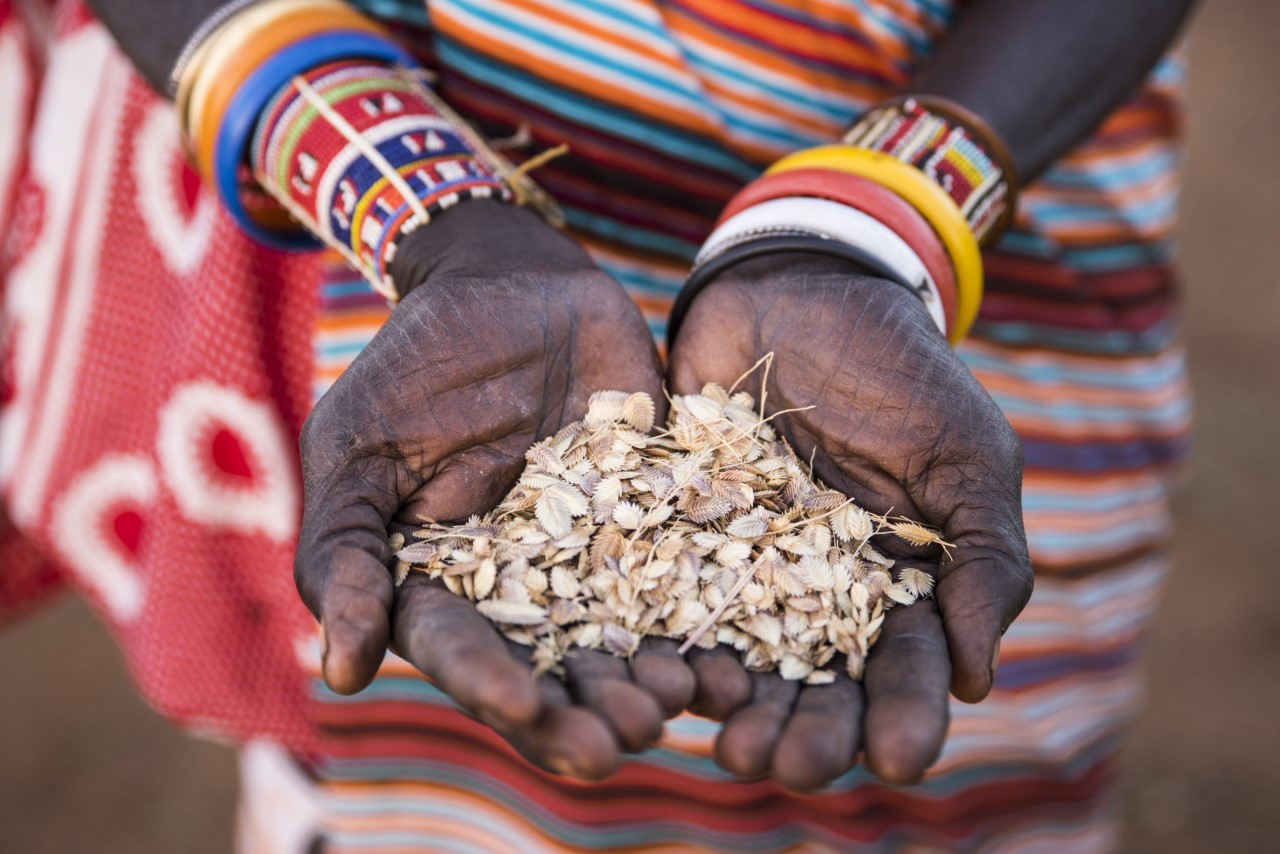
Indigenous People Vital for Understanding Environmental Change
Grassroots knowledge from indigenous people can help to map and monitor ecological changes and improve scientific studies, according to Rutgers-led research. The study, published in the Journal of Applied Ecology, shows the importance of indigenous and local knowledge for monitoring ecosystem changes and managing ecosystems. The team collected more than 300 indicators developed by indigenous people to monitor ecosystem change, and most revealed negative trends, such as increased invasive species or changes in the health of wild animals. Such local knowledge influences decisions about where and how to hunt, benefits ecosystem management and is important for scientific monitoring at a global scale.
Mayo Clinic ranked No. 1 hospital nationwide by U.S. News & World Report
Mayo Clinic again has been named the nation’s best hospital in U.S. News & World Report’s annual “Best Hospitals” rankings. This marks Mayo Clinic’s fifth year with the No. 1 ranking in the nation.
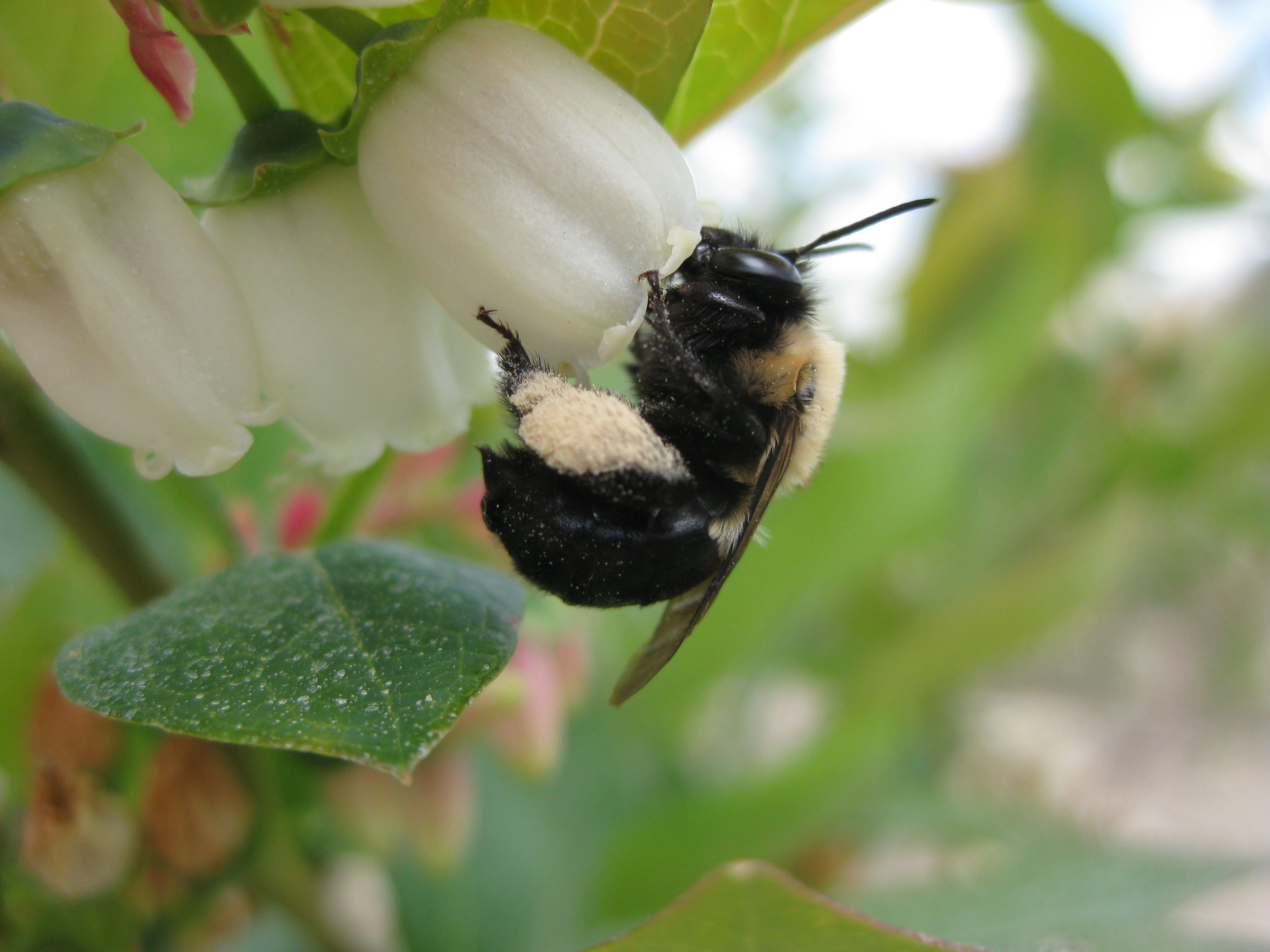
Decline of Bees, Other Pollinators Threatens U.S. Crop Yields
Crop yields for apples, cherries and blueberries across the United States are being reduced by a lack of pollinators, according to Rutgers-led research, the most comprehensive study of its kind to date. Most of the world’s crops depend on honeybees and wild bees for pollination, so declines in both managed and wild bee populations raise concerns about food security, notes the study in the journal Proceedings of the Royal Society B: Biological Sciences.

University of Cincinnati ergonomics expert says work smarter at home
Taking a few minutes to get that periodic cup of joe might not be such a bad idea.
Novel Method Can Diagnose Cancer and Determine Metastatic Risk in Two Hours
A novel mechanobiology-based technology can predict the metastatic potential of a tumor. The technology has already been successfully tested on pancreatic tumor cell samples and on established breast and pancreatic cell lines.
PNNL’s Vapor Detection Technology Named GeekWire’s ‘Innovation of the Year’
A PNNL-developed technology that can quickly detect explosive vapors, deadly chemicals and illicit drugs with unparalleled accuracy has been named the 2020 Innovation of the Year by GeekWire, the Seattle-based technology news company.
Antibiotics Use Early in Life Increases Risk of Inflammatory Bowel Disease Later in Life
Even short, single antibiotic courses given to young animals can predispose them to inflammatory bowel disease (IBD) when they are older, according to Rutgers researchers.

Accomplished early career physicist is first recipient of fellowship that honors pioneering PPPL physicist Robert Ellis Jr.
An early career physicist with a strong background in plasma physics has been named to a new postdoctoral fellowship named for Robert Ellis Jr., a pioneering physicist at PPPL, that is aimed at diversifying the plasma physics field.
Perioperative Surgical Home Programs Can Improve Patient Outcomes, Decrease Hospital Stays, Review Finds
New research shows hospitals that use of a Perioperative Surgical Home (PSH) model of care may be more likely to achieve good clinical outcomes and lower costs of care for their surgical patients, than hospitals without a PSH program.
Solving a DNA mystery
“A watched pot never boils,” as the saying goes, but that was not the case for UC Santa Barbara researchers watching a “pot” of liquids formed from DNA. In fact, the opposite happened.
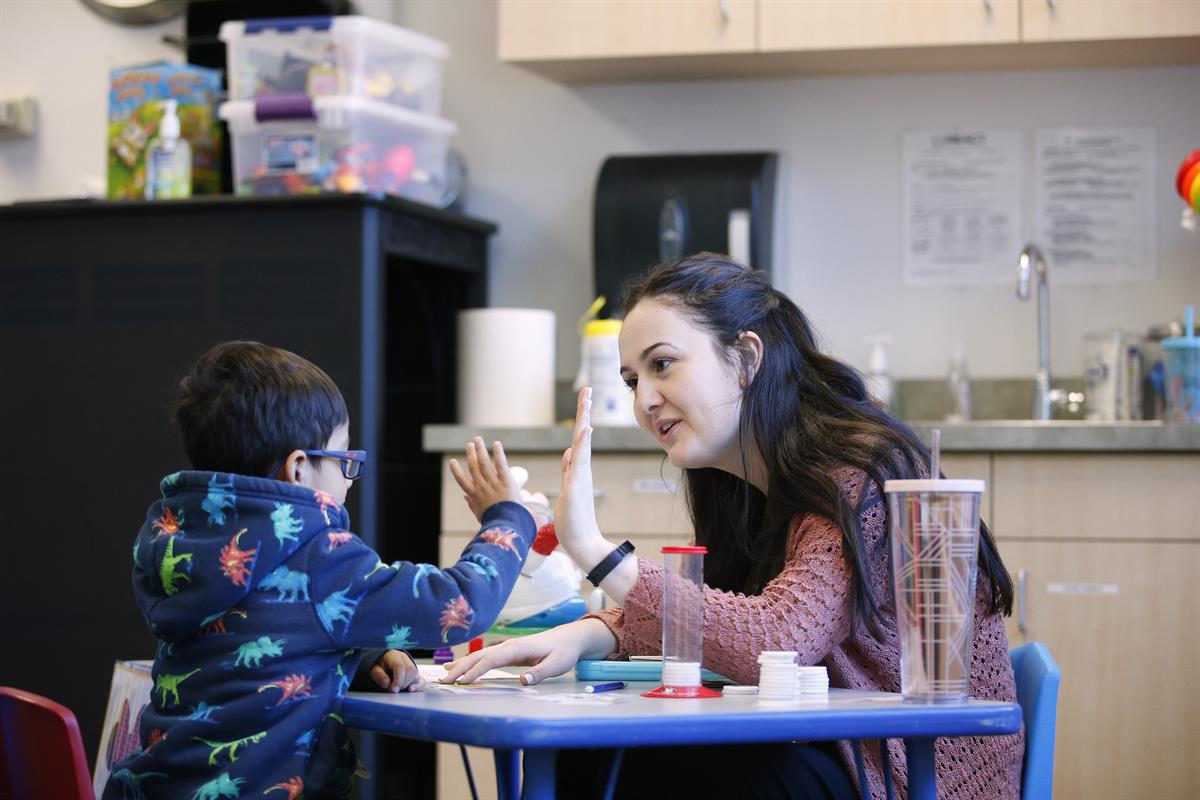
CSU Receives Grant to Continue Residency Scholarship for Teachers in High-Need California Schools
The California State University (CSU) received a $500,000 grant to continue its CSU Residency Year Service Scholarship Program. The scholarships will help to lessen student debt for aspiring teachers during these economically challenging times, aiding in the completion of their academic programs and improving new teacher retention. The CSU’s teacher preparation program is the largest in the state and among the largest in the nation, producing more than half of California’s new teachers.
Casting a wider net to catch more cases of pulmonary hypertension
Using information from a national database, investigators took an evidence-based approach to defining the lower limit of pulmonary vascular resistance
How Salt Lake’s buildings affect its climate future
With warmer temperatures in both the summer and winter, we’ll need less natural gas to heat buildings and more electricity to cool them—but what’s the balance between those two effects? University of Utah researchers used hyper-localized climate models and building projections to find out.
New blood test shows great promise in the diagnosis of Alzheimer’s disease
A new blood test demonstrated remarkable promise in discriminating between persons with and without Alzheimer’s disease and in persons at known genetic risk may be able to detect the disease as early as 20 years before the onset of cognitive impairment, according to a large international study published today in the Journal of the American Medical Association (JAMA) and simultaneously presented at the Alzheimer’s Association International Conference.

Health Information Professionals Reimagine Personalized Learning Immersion Experience With MLA ’20 vConference & Exhibits
While remaining laser-focused on the well-being of its membership base and future of the health information profession, the leadership of the Chicago-based Medical Library Association (MLA) revaluated their instructional design principles and member immersion experiences, and redesigned the now virtual, 120th Annual Meeting and Exhibition, “MLA ’20 vConference & Exhibits,” running from Monday, July 27, 2020 through Monday, August 31, 2020.

Phosphoprotein biomarkers to guide cancer therapy are identified
Post-translational modification analysis may broadly identify new biomarkers of cancer drivers for a much more precise prediction of patient responses to treatments. A recent study demonstrates this diagnostic alternative for neuroendocrine neoplasms driven by a protein kinase called Cdk5.

Simulating quantum ‘time travel’ disproves butterfly effect in quantum realm
Using a quantum computer to simulate time travel, researchers have demonstrated that, in the quantum realm, there is no “butterfly effect.” In the research, information—qubits, or quantum bits—“time travel” into the simulated past.
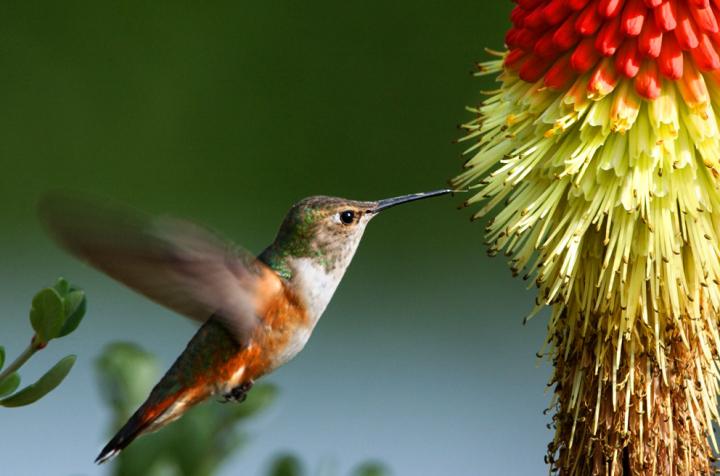
For rufous hummingbirds, migration looks different depending on age and sex
Plucky, beautiful and declining in numbers at about a 2% annual rate, the rufous hummingbird makes its long annual migration in different timing and route patterns based the birds’ age and sex, new research by Oregon State University shows.
Text messaging: The next gen of therapy in mental health
In the U.S., it is estimated that approximately 19 percent of all adults have a diagnosable mental illness.
Surprising species-level diversity in our gut bacteria
A new UChicago study describes inter- and intra-species diversity within the Lachnospiraceae bacteria family.

Psychology of Masking: Why Some People Don’t Cover Up
Although discomfort, confusion and even political affiliation are often cited as reasons that make people less likely to wear a mask in public, the psychological traits that shape a person’s behavioral choices may also factor into the decision.
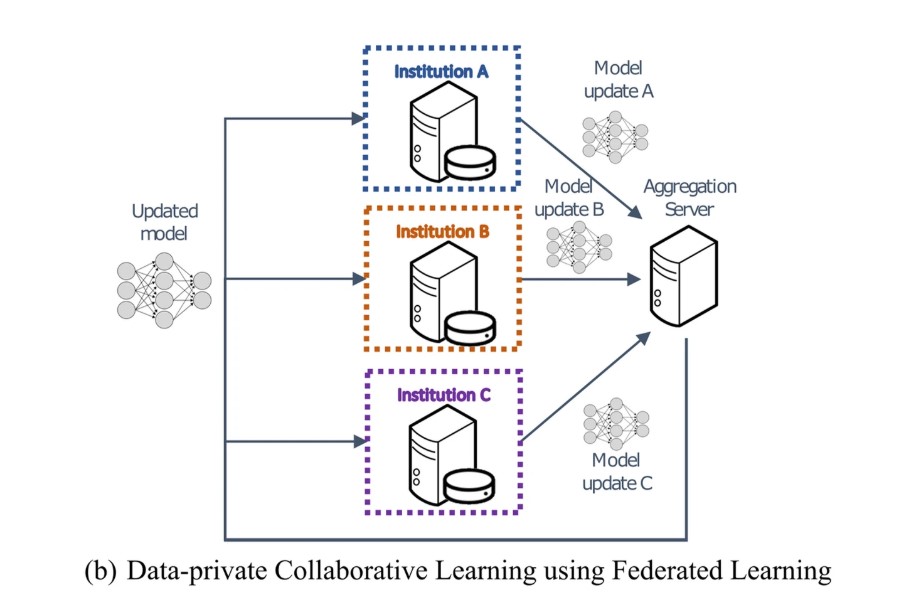
New machine learning method allows hospitals to share patient data — privately
Penn Medicine researchers have shown that federated learning is successful specifically in the context of brain imaging, by being able to analyze magnetic resonance imaging (MRI) scans of brain tumor patients and distinguish healthy brain tissue from cancerous regions.

Quitline plus surgery are big motivators for giving up smoking
Smokers who have thoracic surgery are much more likely to stop using tobacco if they also complete a quitline intervention, a new UC Davis Health study shows.
Visual analytics tool plucks elusive patterns from elaborate datasets
An ORNL team developed CrossVis, an open-source, customizable visual analytics system that analyzes numerical, categorical and image-based data while providing multiple dynamic, coordinated views of these and other data types.
Your brain on birth control
They are used by 150 million women worldwide and have been around for over 60 years. Oral contraceptives – like birth control pills – are part of many women’s lives, often starting during puberty and early adolescence.
Startup’s contact tracing tech tracks workplace distancing
A Cornell University-based startup has expanded the features of its platform’s technology to fit the times in which we live, ensuring social distancing in the workplace and enabling companies to bring employees back to work safely amid COVID-19.
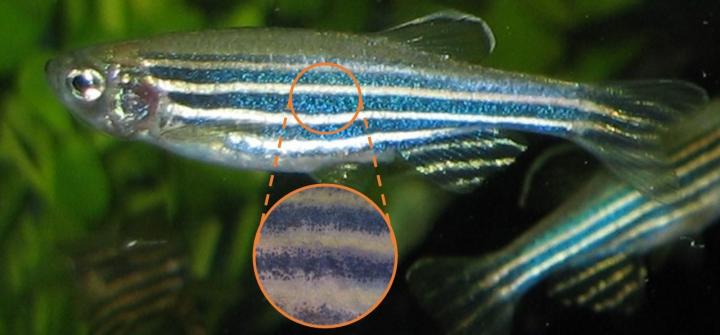
How the zebrafish got its stripes
Animal patterns – the stripes, spots and rosettes seen in the wild – are a source of endless fascination, and now researchers at the University Bath have developed a robust mathematical model to explain how one important species, the zebrafish, develops its stripes.

NYU School of Global Public Health Creates COVID-19 Safety Training for Rideshare Drivers
New York University’s School of Global Public Health is teaming up with the Independent Drivers Guild (IDG) to increase the safety of rideshare drivers and passengers during the COVID-19 pandemic.

Solving materials problems with a quantum computer
Scientists at Argonne and the University of Chicago have developed a method paving the way to using quantum computers to simulate realistic molecules and complex materials. They tested the method on a quantum simulator and IBM quantum computer.
Press Register Now; ATS 2020 Virtual Starts Aug. 5
Join us on Aug. 5-10 2020 for ATS 2020 Virtual, when the American Thoracic Society will host a mix of live and pre-recorded sessions in pulmonary, critical care, and sleep medicine. Press are invited to attend (see press guidelines) and may register now. Same day registration will be available during the meeting.
How clean water technologies could get a boost from X-ray synchrotrons
In a new perspective, SLAC and University of Paderborn scientists argue that research at synchrotrons could help improve water-purifying materials in ways that might not otherwise be possible.
What’s the best way to estimate and track COVID-19 mortality?
When used correctly, the symptomatic case fatality ratio (sCFR) and the infection fatality ratio (IFR) are better measures by which to monitor COVID-19 epidemics than the commonly reported case fatality ratio (CFR), according to a new study published this week in PLOS Medicine by Anthony Hauser of the University of Bern, Switzerland, and colleagues.